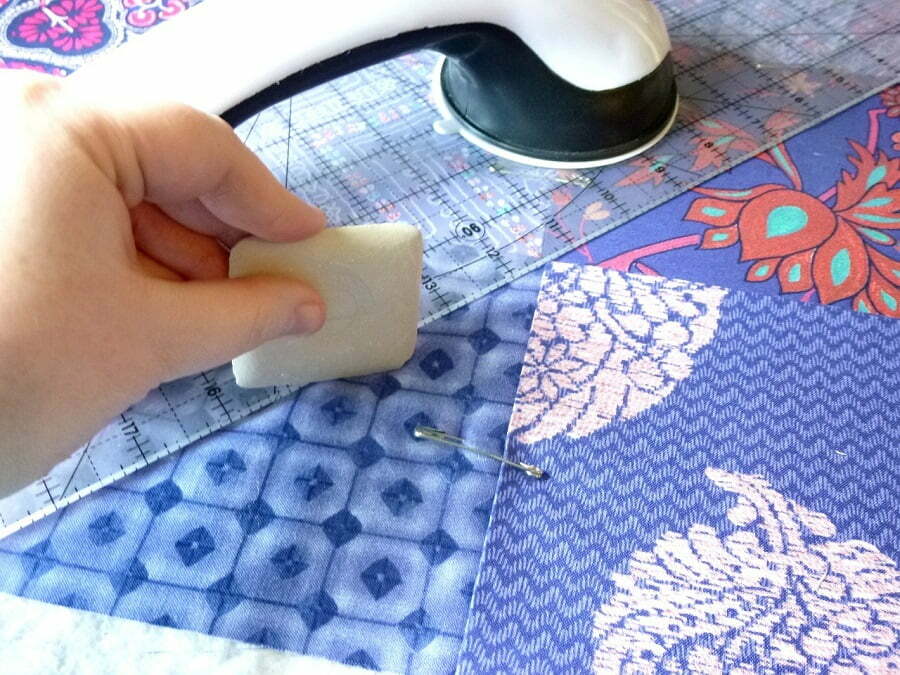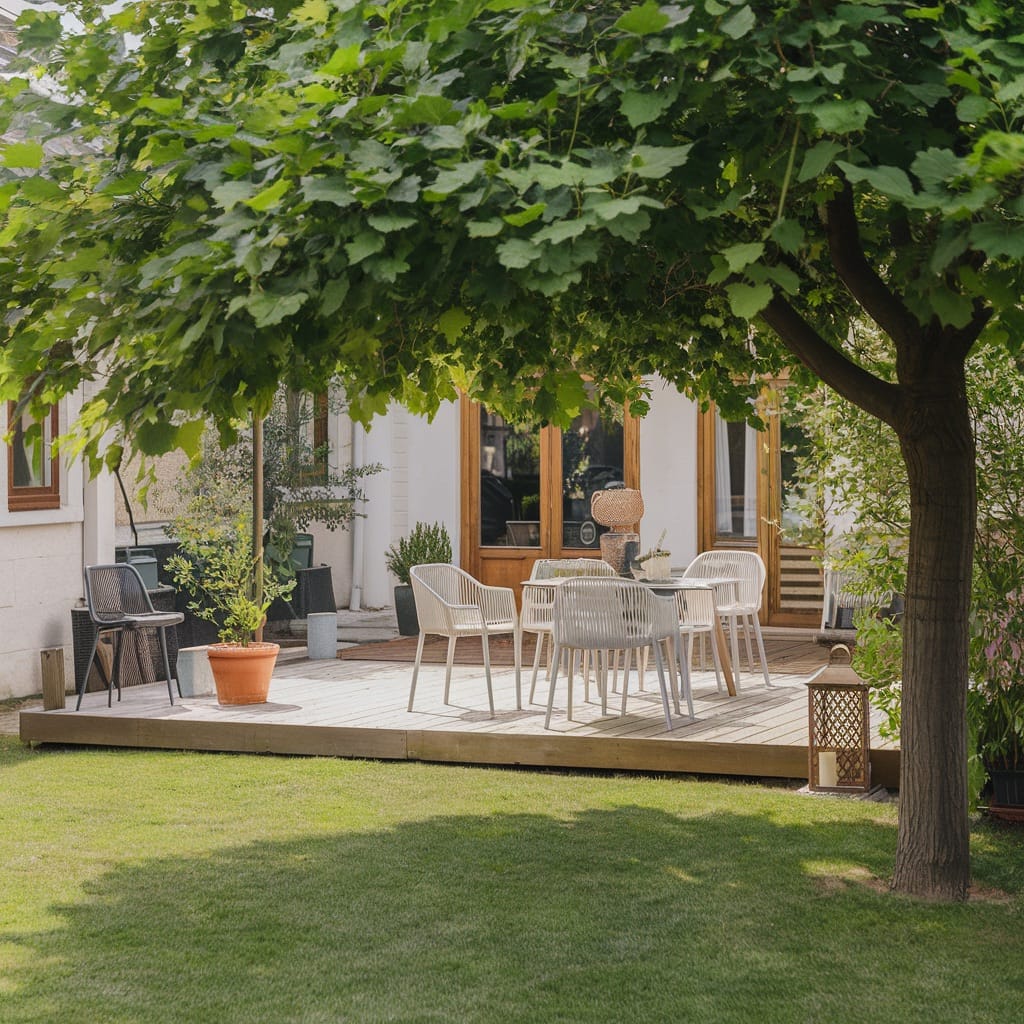Last updated on
Sewing machines are an investment, so buying a good one is crucial. When researching the top sewing equipment for your project, you must realize that “you get what you pay for” when it comes to sewing machines.
For beginning sewers not sure of their interest in fashion design or dressmaking, it might be best to spend less on a sewing machine initially – this way, if you lose interest in sewing shortly, you haven’t lost much money.
Here’s what to look for in a sewing machine:
Quilting Ruler in the Sewing Machine

The Presser Feet Whether you are sewing by hand or with a machine, the presser feet you use can make all of the difference in your projects. A basic sewing machine will only come with one needle plate that has an opening for the bobbin to feed through. This is known as an “all-purpose foot.” However, if you’re looking to sew anything more than just pieces of cloth together click this link to get the best quilting ruler. Then you’ll need several different types of presser feet for various projects. There are three different types of presser feet depending on the type of sewing project you’re doing.
These include:
- All-purpose foot
- Zipper foot
- Buttonhole foot
The Sewing Machine Must Be Compatible with Your Work Surface

A good rule of thumb is to measure the height and width of your table or desk. This way, you know you are buying a sewing machine that will comfortably fit in the space where you plan to sew.
When shopping for a sewing machine, make sure it fits nicely on the shelf or floor; standing back and looking at it from across the room can indicate whether or not it has adequate length and width.
The Stitch Quality Should be High and Consistent
Stitch length and consistency will vary depending on what type of project you’re working on (hemming or darning). Even if there’s no visible difference in stitch size while using a specific thread, it may work well in some projects and not with others.
If you’re looking at a sewing machine that’s just the right size for your space, but the stitches aren’t adequate, try moving up to a slightly larger model unless you don’t want to spend the extra money on another one. The computerized or electronic models are easier to operate when compared to manual machines. However, they tend to be more expensive than their manual counterparts because of the software and computer chip.
The Stitches Should Lock Automatically
There are many types of stitches, and some models may offer more than others. For example, some models will provide decorative stitching styles, zigzag and straight stitch, while others can do more elaborate tasks like monogramming and quilting.
If your machine doesn’t have all of the bells and whistles – don’t worry! A basic model will usually suffice as long as its stitching quality is good. Try saving up a little bit longer to get those extra features if they’re essential to you; money well spent (in this case) means one less headache for future projects.
Shop for a Machine That Can Do Multiple Tasks
Look for a model that has the option to change stitches – this way, and you can adjust your stitch quality depending on what type of project you’re working on. The lower-end models may have one or two different stitch patterns, while higher-end models may have over 100 available.
As far as price goes, the more elaborate stitching styles will cost a bit more, but, in general, there’s usually no increase in price from 1-2 stitches to 15-20 stitches.
The Foot Pedal Must be Easy to Operate and Comfortable
This is another feature that varies from model to model. Even if your sewing machine does come with an automatic threader, it’s best to get used to manually threading it anyway. The top brands include Singer, Brother, and Janome; they are considered the most reliable manufacturers of sewing machines.
Other models that work great for beginners include the Baby Lock serger, which is electronic with an automatic trimmer; it can do 3-4 thread stitching, including rolled hems on lightweight fabric. Another good option is the Bernina 1008 straight stitch machine – best suited for quilting and tailoring.
When doing research about which model would work best for you, make sure to keep these things in mind: the stitch length and consistency, ease of use by looking at the machine’s navigation system, stitch patterns and several stitches, foot pedal ergonomics (easy to use) and price. The best sewing machines are the ones you feel comfortable with – make sure to choose something for your space that won’t be a hassle when working on projects.
Recap:



